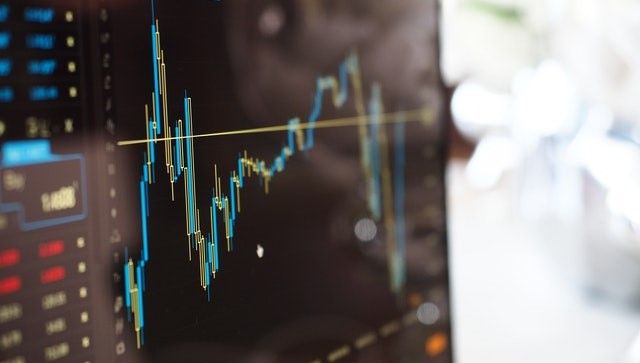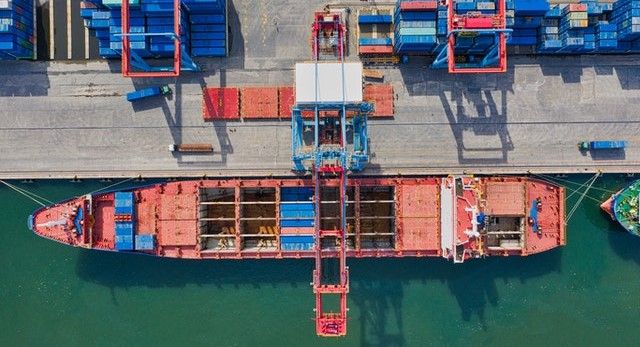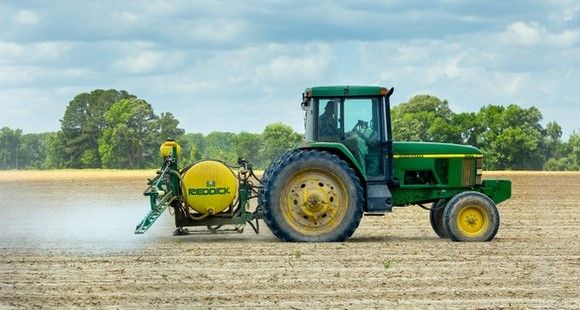Farmers and fertilizer producers everywhere know of the huge leap in prices that all farm input raw materials have been going through over the last 11 months.
As Elena Sakhnova, a VTB Capital analyst, notes, “Potash, phosphate, and nitrogen - are at levels not seen for about a decade.”
Unfortunately, they may not yet have reached their peak. As Gary Schnitkey, from the University of Illinois, notes, “Fertilizer prices currently are at high levels, increasing substantially from year-ago levels, but have not reached all-time highs. Fertilizer prices were the highest in 2008, with those prices then declining during the severe phases of the 2008 financial crisis.” Worst still, his team predicts that, “Fertilizer costs for 2022 likely will be well above average…”
Additional analysis by the U.S.’s Agricultural Marketing Service, highlights that 2009, 2012, and 2013, all saw higher prices for anhydrous, DAP, and potash than current 2021 levels.
“History suggests that fertilizer prices can change rapidly, likely bringing modifications to fertilizer cost projections,” the report said. “Further note that several periods of sharp declines have occurred in history.”

But what is causing the current instability in fertilizer input costs?
Energy Prices
“A confluence of events are behind the rising prices,” according to Bloomberg analysis. These include late summer storms on the U.S. Gulf Coast which disrupted both supply and production, as well as high gas prices in Europe which have forced factories to close, including those run by CF Industries Holdings Inc. Meanwhile, Yara International ASA said that the high natural gas prices will force it to stop around 40% of its European production capacity for ammonia.
Logistics & Supply Chain Hiccups
Beyond feedstock price changes, the cost and availability of smooth logistics is also having an effect, with labour shortages, as well as bottlenecks in some ports, all forcing prices higher.
It is a situation which one fertilizer producer is calling ‘an absolute nightmare’, especially when considering that shipping costs often account for as much as 15% of a final fertilizer product’s price.

Politics
In response to the forced landing of a Ryanair flight to Belarus and the subsequent arrest of a government critic onboard in May, the U.S. and Europe put sanctions on Belaruskali OAO, a major potash producer and one of Belarus’s largest state-owned enterprises.
However, in a sign that the move was more political theatre than something that might cause harm to fertilizer producers and farmers in the West, there are indications that the report will have minimal effect on overall potash supply.
While Belarus does account for 20% of the global potash trade, with global exports worth $2.4 billion in 2020 (of which $200 million were supplied to the EU), the sanctions do not affect contracts signed before the 25th June ban.
Furthermore, the sanctions did not include one of Belarus’s main export products, namely potash with 60% potassium content.
Consequently, according to reports from the Reuters news agency, the Belarusian Potash Company (the main distributer for Beleruskali OAO) was, “still able to export 11 million tonnes of Belarus potash across the Lithuanian border last year, with about 2.5 million tonnes falling under EU sanctions, [while] the port of Klaipeda shipped almost 10.7 million tonnes via a terminal 30% owned by Belaruskali.”
Further afield, the supply chain for potash has also been influenced by measures to reduce greenhouse gas emissions and energy consumption in Yunnan province, China. The resulting production limits have impacted several industries, including fertilizer production, adding further uncertainty to potash markets.

Ultimately, fertilizer input prices have rarely ever been stable. They are consistently governed by macro-economic and global-political forces that are uncontrollable and far too complex to predict.
Instead, perhaps the key to successfully sourcing a product such as sulfate of potash, is reliability of supply.
In a post-COVID world with broken supply chains, long queues at petrol stations, and even major stores and supermarkets struggling to fill shelves, consistency of delivery can be the greatest measure of success.

With an established history of delivering raw materials dating back to 1994, AG CHEMI GROUP has solidified its position as a trustworthy supplier of potassium sulfate K2SO4.
Combining Potassium (50% K2O) and Sulphur (18%), AG CHEMI GROUP’s potash supplies offer a high concentration of nutrients readily available to plants. Specifically, it is the preferred potash fertilizer in areas at risk from salty soil, thanks to the product’s very low salinity index.
To find out more about supplies of potassium sulfate K2SO4 or to speak to a potash supplier visit: AG CHEMI GROUP or contact info@agchemigroup.eu
Photo credit: Karolina Grabowska from Pexels, Mark Stebnicki, energepic, Tom Fisk, & Frank Habel from Pixabay